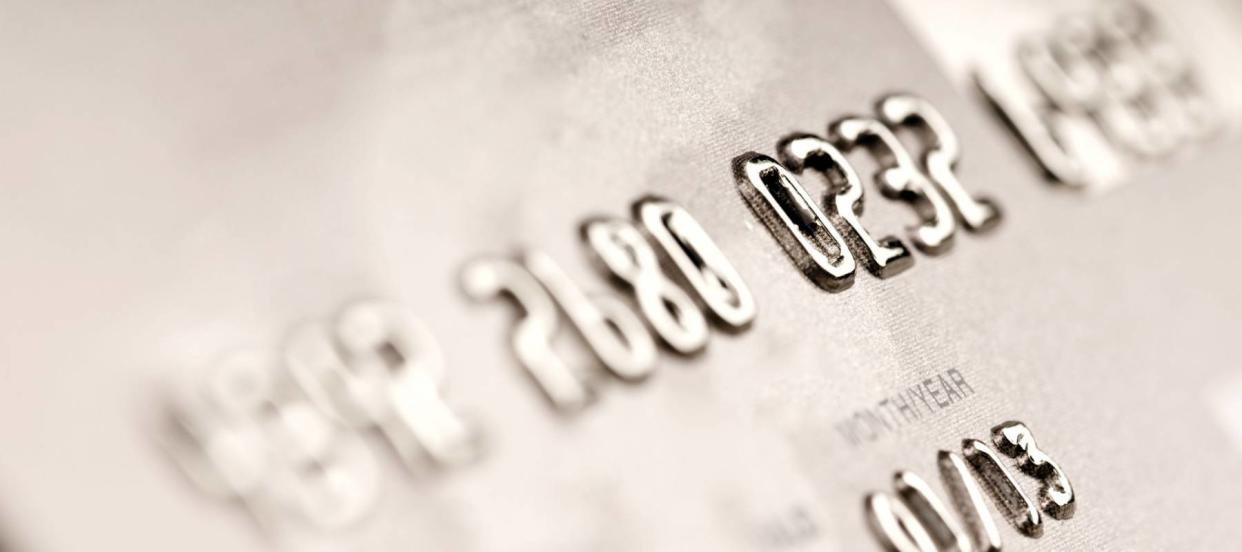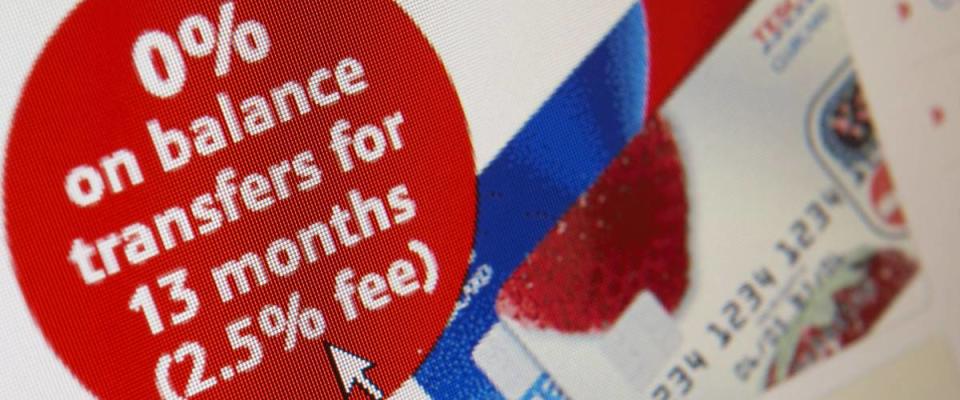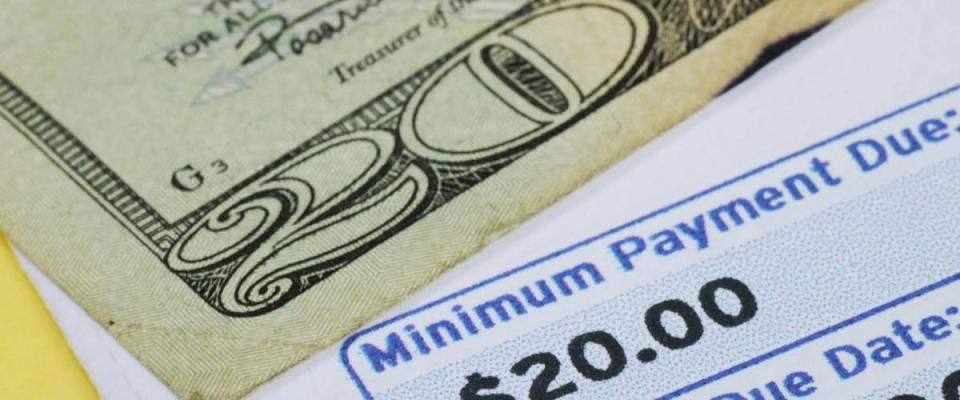5 Questions When Picking a Balance Transfer Credit Card

One guaranteed way of getting yourself stuck in an endless loop of debt is if you find yourself owing a pile of money on a high-interest credit card.
It can be very frustrating to make a payment and discover that it mainly covered your monthly interest -- the balance itself barely budged! If this sounds familiar, you'll want to explore balance transfer credit cards.
An ideal balance transfer card offers a 0% APR (annual percentage rate) for a period of time. Once you open the card, you can transfer all the debt from your old, high-interest card onto it.
While you’ll still owe the same amount of money, you’ll be able to pay it down without having to worry about new interest being tacked onto your balance.
Here are important questions when comparing offers for a balance transfer credit card.
1. How long does the 0% interest rate last?

While the goal is 0% interest, be aware: That’s usually a promotional "teaser" rate that won’t stick around forever.
Typically, it lasts anywhere from 12 to 21 months, and then the card issuer will switch you over to a regular interest rate.
Try to find a zero-interest card that'll be interest-free for as long as you think it'll take to pay off your entire debt.
2. What’s the regular interest rate?
You'll want to make every effort to pay off your debt while the 0% APR is still active. But what if you can't get it done?
That's always a risk, so look for a balance transfer card that promises a low interest rate once the no-interest period is done.
A card with a high regular rate will land you right back where you began.
3. What’s the balance transfer fee?

Depending on how much you owe, this one may be a balance-card deal breaker.
Many of these credit cards charge a fee for balance transfers, generally somewhere in the range of 3% to 5% of the amount you transfer over.
Do the math to make sure the transfer won't cost more than the interest you'd pay if you stuck with your existing card.
4. Can you fit all your debt onto the new card?
Shop for a balance transfer credit card that will give you a high enough credit limit so you can transfer all of the debt from your existing card.
Otherwise, you will find yourself with two cards, and will have to make monthly payments on both until you can get your old one paid off.
5. What’s the minimum payment?

Be sure to look for a new card with a minimum monthly payment you can afford. You don't want to wind up missing payments — because you'll face fees and damage to your credit score.
Also, don't bother looking for a balance transfer card from the same company that issued your existing credit card. Most issuers won’t allow you to transfer a balance from one of their cards to another.
Finally, when you compare balance transfer credit cards, be alert for potentially sweet rewards, which might include transfer fee waivers or cash-back offers.
Happy card hunting!
Subscribe to the free MoneyWise weekly newsletter. Don’t miss out!

